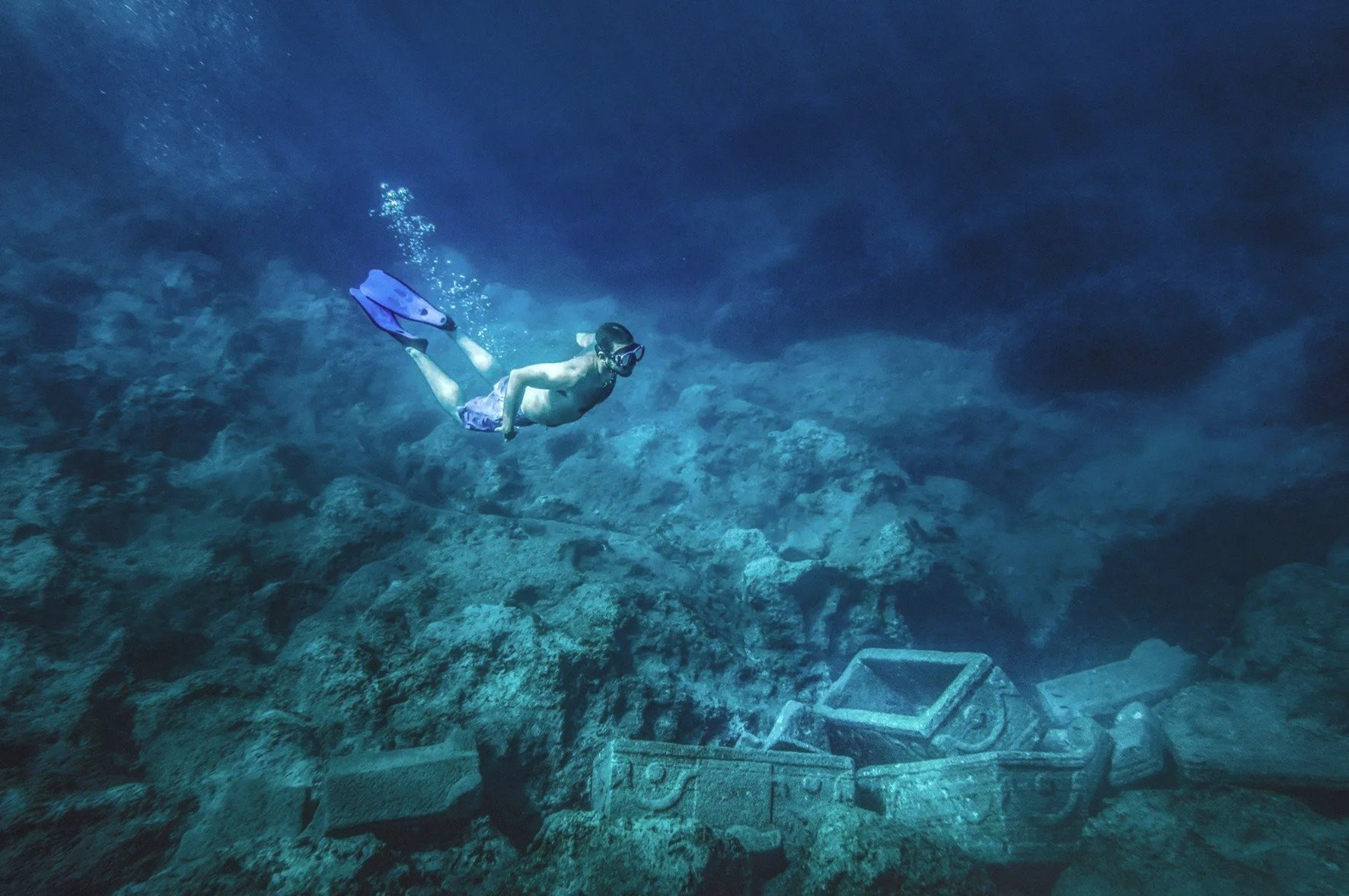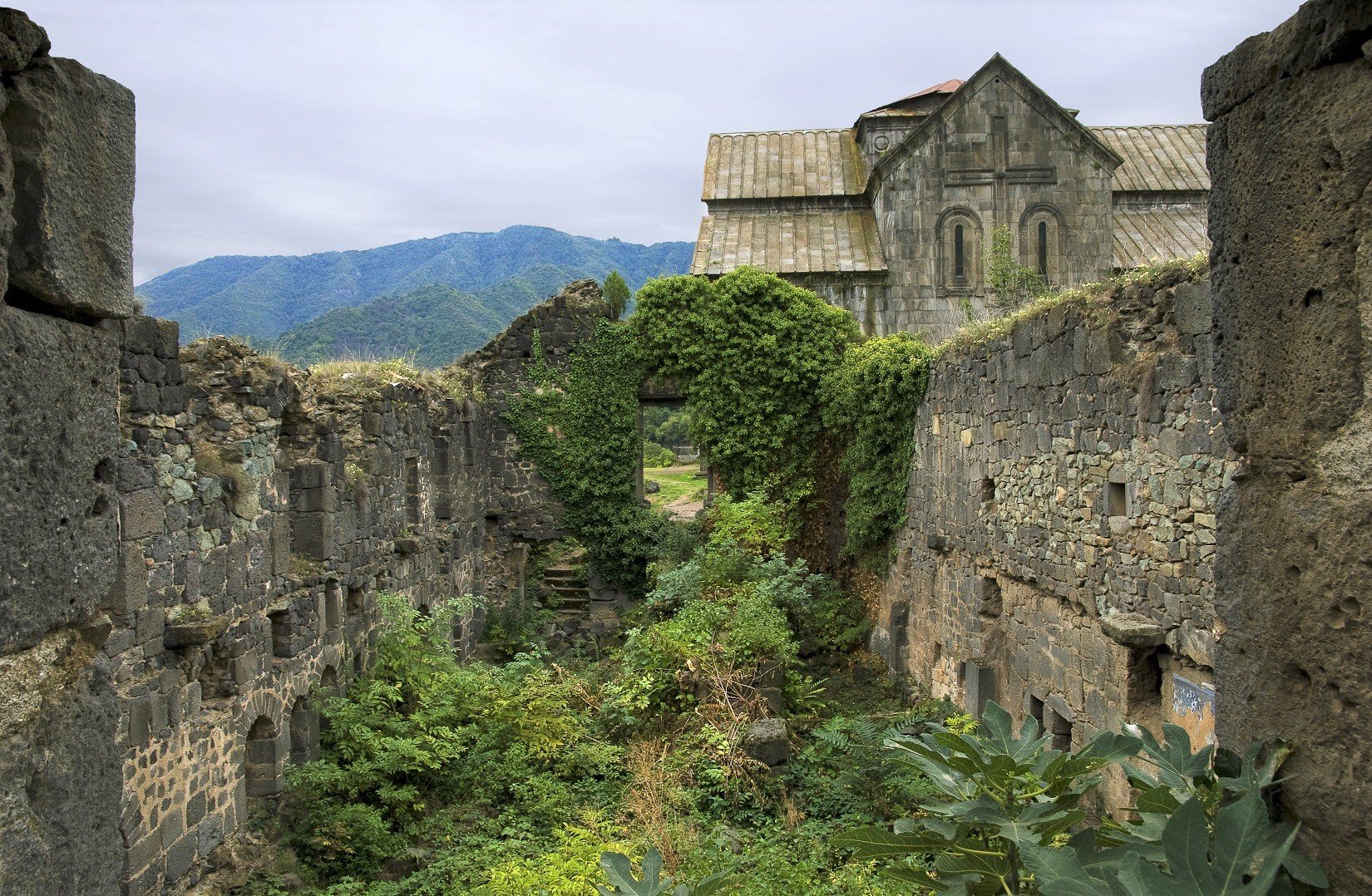Gümüşler Monastery is a Byzantine-era cave monastery in the town of Gümüşler, Niğde Province, modern Turkey.
The monastery is carved out of a large rock and is one of the best preserved and largest of its kind in the Cappadocia region. There are quite a few monasteries hewn out of the rock in Cappadocia and some scholars split these into two types: those with dining halls and those with open courtyards. The Gümüşler Monastery is part of the second group.
The most important part of the monastery complex is the church to its north. The church comprises four freestanding closed aisles based on the Greek cross plan; in the northern aisle of the cross there is a niche with two tombs. To the west there are two entrances covered with a cradle vault.
It is assumed that at least three different masters worked on the paintings found on the walls of the church. In the main apse there are three bands of paintings: the highest shows Christ Enthroned with two angels to his right, the symbols of the gospel writers and the moment of Deisis with Mary and the disciples. The lowest series shows fathers of the church, Basil the Great of Kayseri, Gregory of Nisa, and Gregory of Nazians.
In the north aisle of the cross are representations of The Annunciation, The Nativity and The Presentation at the temple with the figures of John the Baptist and Saint Stephen which must have been painted by the hand of a second artist. On the inside of the narthex to the south of the entrance door are representations of Mary and baby Jesus and on each side of them the archangels Gabriel and Michael which belong to the hand of a third artist.
On the walls of room above the narthex is an example of something not seen anywhere else in Cappadocia: hunting scenes. There is an interesting composition of a variety of animals. The special style and iconography of the paintings on the walls of the Gümüşler Monastery is the same as what can be seen in many churches in Cappadocia. It is possible to date the paintings in the church to the 12th and 13th century A.D. by comparing and evaluating them by these traits.














































































































































